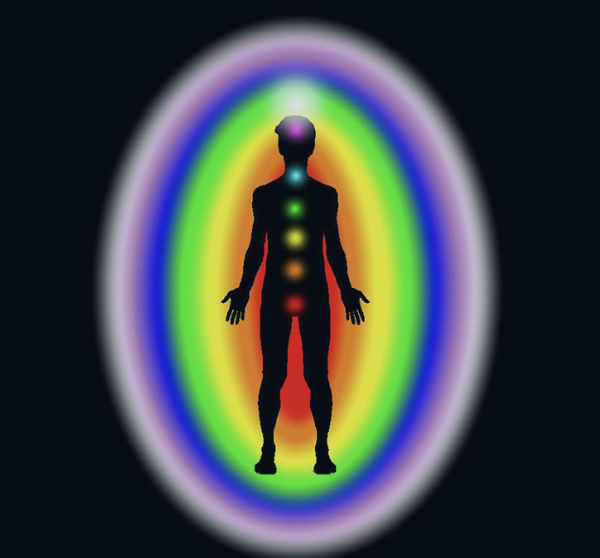Life is a journey of discovery, not only of the world around us but of the complex inner workings of our emotions, thoughts, and feelings – energies. At the heart of this journey lies our inner guidance, our intuition, a subtle yet powerful compass that can help us navigate life’s challenges and joys. However, understanding and working with this guidance can often feel daunting, especially when it is clouded by emotions we may find difficult to accept or process.
One way to understand inner guidance is to view it as layered, beginning with our emotions and extending into our physical and mental well-being. Each layer offers valuable insights, but they also depend on one another. When we ignore or suppress one layer, it can impact the others in ways we might not immediately recognise. Let us explore these layers and how they intertwine, gently and without judgement.

The Emotional Layer: The First Port of Call
Our emotions are the gateway to inner guidance. They arise spontaneously, often as signals that something within us needs attention. For many, anger, anxiety, sadness, or fear might be the first emotions that come to the surface. While these feelings can be uncomfortable, they are not our enemies. They are messengers, guiding us to unresolved pain, unmet needs, or limiting beliefs that are ready to be addressed.
If we embrace these emotions with curiosity and compassion, we allow the energy they carry to flow through us, completing their purpose. However, if we judge or fear these emotions, we may suppress them, either consciously or unconsciously.
But, and this is a major but! Suppression doesn’t make the emotion disappear; instead, it pushes the energy down, where it builds in intensity and often re-emerges more strongly at a later time.
For example, an unprocessed sense of anger might initially manifest as irritability or frustration. If ignored, it may evolve into emotional outbursts or passive-aggressive behaviours. Over time, the repeated suppression of anger can contribute to a deep-seated sense of helplessness or resentment, which can weigh heavily on our overall well-being.
The Mental and Energetic Layers: The Impact of Suppression
When emotions are repeatedly ignored or suppressed, they begin to affect our mental and energetic states. Suppression can lead to chronic patterns of fear or self-judgement, often originating from childhood experiences, ancestral trauma, societal expectations, or the influence of peers and partners. These patterns become subconscious programs that can create inner conflict, leaving us disconnected from our authentic selves.
Over time, this disconnection can drain our energy and lead to feelings of exhaustion, confusion, or a lack of motivation. It can become harder to listen to our intuition or to make decisions that align with our highest good. The suppressed energy may also manifest as recurring thoughts or ruminations, which can feel overwhelming or inescapable.
The Physical Layer: When Emotions Manifest in the Body
If unprocessed emotions continue to linger, they can begin to impact the physical body. The mind and body are deeply interconnected, and emotional suppression can place significant stress on the body’s systems. For example:
- Immune System: Chronic emotional stress can weaken the immune system, leading to frequent illnesses such as colds, coughs, or infections.
- Cardiovascular System: Suppressed anger or anxiety can contribute to high blood pressure, heart issues, or a sense of tightness in the chest.
- Autoimmune Conditions: Long-term emotional and mental stress can sometimes contribute to autoimmune conditions, as the body struggles to maintain balance amidst the turmoil.
- General Fatigue: Carrying unprocessed emotions can leave the body feeling drained, as though its energy reserves are constantly being depleted.
These physical manifestations are not punishments or failures; they are simply further signals from our inner guidance, urging us to listen and respond with care. The body, like our emotions, wants to support us in our journey, not work against us.
A New Perspective: Embracing Emotional Guidance
While this understanding of the layers of inner guidance may seem daunting, it also offers a profound opportunity for healing and transformation. By gently shifting our perspective, we can begin to see emotions not as obstacles but as allies. Here are some steps to consider:
- Awareness: The first step is to notice the emotion without judgement. What are you feeling? Where do you feel it in your body? Simply naming the emotion can bring clarity.
- Acceptance: Allow the emotion to exist without trying to change or suppress it. Remember, emotions are temporary; they come and go like waves.
- Curiosity: Explore the emotion with gentle curiosity. What might it be trying to tell you? Does it remind you of a past experience or belief?
- Expression: Find healthy ways to express and release the emotion. This might include journaling, talking with a trusted friend, engaging in creative activities, or practising mindfulness and movement.
- Compassion: Treat yourself with kindness throughout the process. Recognise that you are human and that experiencing a range of emotions is part of life’s richness.
Honouring the Layers of Inner Guidance
The journey of working with our inner guidance is deeply personal and unique to each individual. It requires patience, self-compassion, and a willingness to embrace the unknown. By tending to each layer – emotional, mental, and physical – we can restore balance and flow to our lives. In doing so, we reconnect with the wisdom that resides within us, unlocking greater peace, clarity, and vitality.
Above all, this process is not about perfection or achieving a particular outcome. It is about creating space for our inner guidance to emerge, trusting that it will lead us towards greater harmony, one gentle step at a time.
